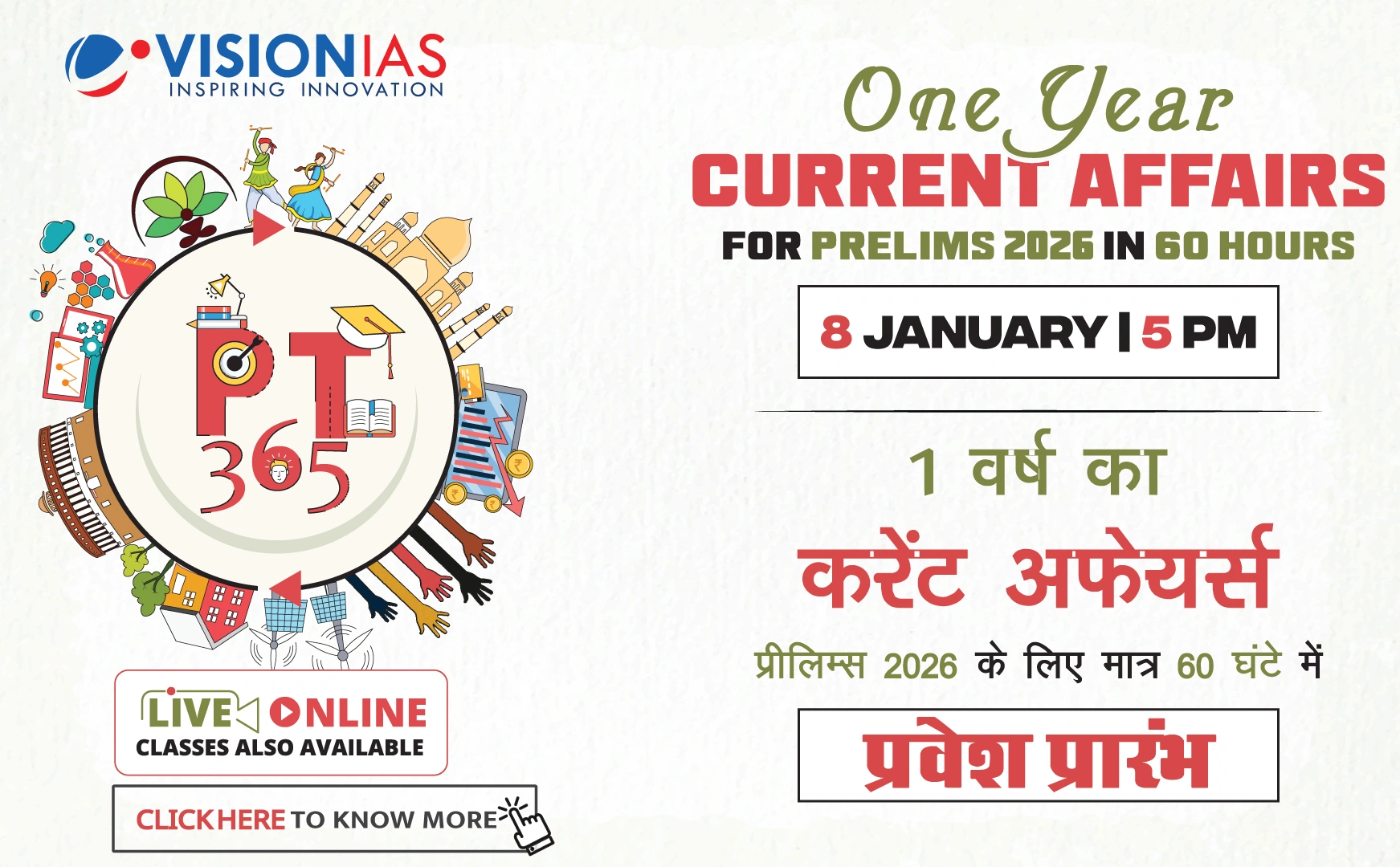Union Budget 2023: Nuclear Energy Initiative
Union Finance Minister in her Budget speech, outlined a significant plan to develop at least 100 Gw (e) of nuclear energy by 2047 through a dedicated Nuclear Energy Mission with a budget allocation of Rs 20,000 crore. This move is crucial for diversifying India's energy sources and meeting climate-change goals amidst rising energy demands fueled by greater urbanization and rural-electrification projects.
Current Energy Landscape
- 89% of India's energy demand is met by fossil fuels.
- Solar and wind energy face challenges with technology and pricing policies.
Small Modular Reactors (SMRs)
- The plan includes operationalizing five SMRs by 2033.
- SMRs are advanced nuclear reactors with up to 300 Mw (e) capacity per unit.
- This initiative builds on recent U.S. concessions lifting restrictions on key Indian atomic research centers.
Challenges and Strategic Shifts
India generated only 8.18 Gw (e) of nuclear energy in 2024, highlighting the challenge of achieving 100 Gw (e) by 2047. The strategy involves leveraging private sector participation, a key recommendation by NITI Aayog, which is reflected in:
- A reduction of Rs 472 crore in allocation to the state-owned NPCIL.
- A Budget cut of Rs 402 crore for the Department of Atomic Energy.
- Proposed amendments to the Atomic Energy Act and the Civil Liability for Nuclear Damage Act (CLNDA).
Private Sector Involvement
The amendments aim to end NPCIL’s monopoly and possibly address liability clauses deterring global private nuclear players post the Indo-US nuclear deal.
Technological and Implementation Aspects
- India’s experience with smaller reactors and nuclear submarine technology positions it advantageously for SMR development.
- Potential challenges include licensing regimes and grid-power pricing issues.
While the ambition is high, the success of this initiative will heavily rely on efficient implementation processes and overcoming technological and policy hurdles.



